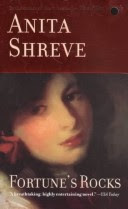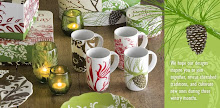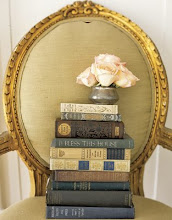



Charms go back as far as the Neolithic era where man would elaborate jewelry made of precious stones and metals emerged during the age of the Egyptian Pharaohs. It was during this time that the first recognizable charm bracelets and necklaces first appeared.
Like people of many ancient civilizations, the citizens of ancient Egypt lived very short lives by today's standard - 30 to 40 years on average. With so little time on earth, they obsessively prepared for a prosperous life after death. Charm bracelets played a significant role in the preparation process. Charm wrist and neck bracelets were not only coveted as protective shields and signs of status in this life, they were also worn as ID tags to help the Gods guide the wearer and his/her possessions to the proper status level in the afterlife.
During the Roman Empire Christians would pull the (fish) charm from underneath their garments to identify themselves to other Christians to gain entry into secret, forbidden worship activities. The Jewish scholar of that same time would write passages from Jewish law on tiny slips of parchment and carefully insert the slips into a small, golden amulet that was worn around his neck. This of act reverence and piety was meant to keep the law close to the heart.. . .
Knights of the Middle Ages, found that charms and amulets were put to use by knights and kings. They were most often used with incantations to wreak havoc on the occupants of enemy castles and protect warriors in battle. Charms were also worn on belts to represent family origin, political standing and profession.
General wearing of charms began to lose favor with the wealthy classes during the Renaissance as mass produced books emerged and superstitions faded. However, charms and amulets were still widely used by people of lesser means and education. The role of the charm remained relatively unchanged until the early 1900s.. . .
The bracelets of Queen Victoria ignited the next big wave of charm wearing. It was at this stage that charms had a dramatic change of purpose. They were small lockets, glass beads and family crests that hung on bracelets and necklaces were all the rage.. . .
The Greatest Generation was at the end of WWII it saw the explosion of charm jewelry as we know it today. Soldiers leaving Europe and islands in the Pacific purchased little handmade trinkets as gifts to bring home to their sweethearts. Native craftsmen fashioned small bits of metal into little replicas of items common to the locale. Enterprising jewelers in the States quickly picked up on the trend to create charms for all occasions.
I am on my second charm bracelet (the first is a story of its own) I love while vacationing to
find a special something to remind me of my trip. Its easy for friends to keep adding to it,
and so fun to show off !! Looking for an idea.......Christmas is coming.....






























1 comments:
Hi Gina,
Wow, I loved the info about charm bracelets. I bought my daughter a JA one for her 14th birthday and she wears it almost every day. I love that each charm has a memory. She even took apart a little child bracelet that had inexpensive charms on it that she got from Disney a few years ago, and added it to it to fill it up. –Cheers, Amy
Post a Comment